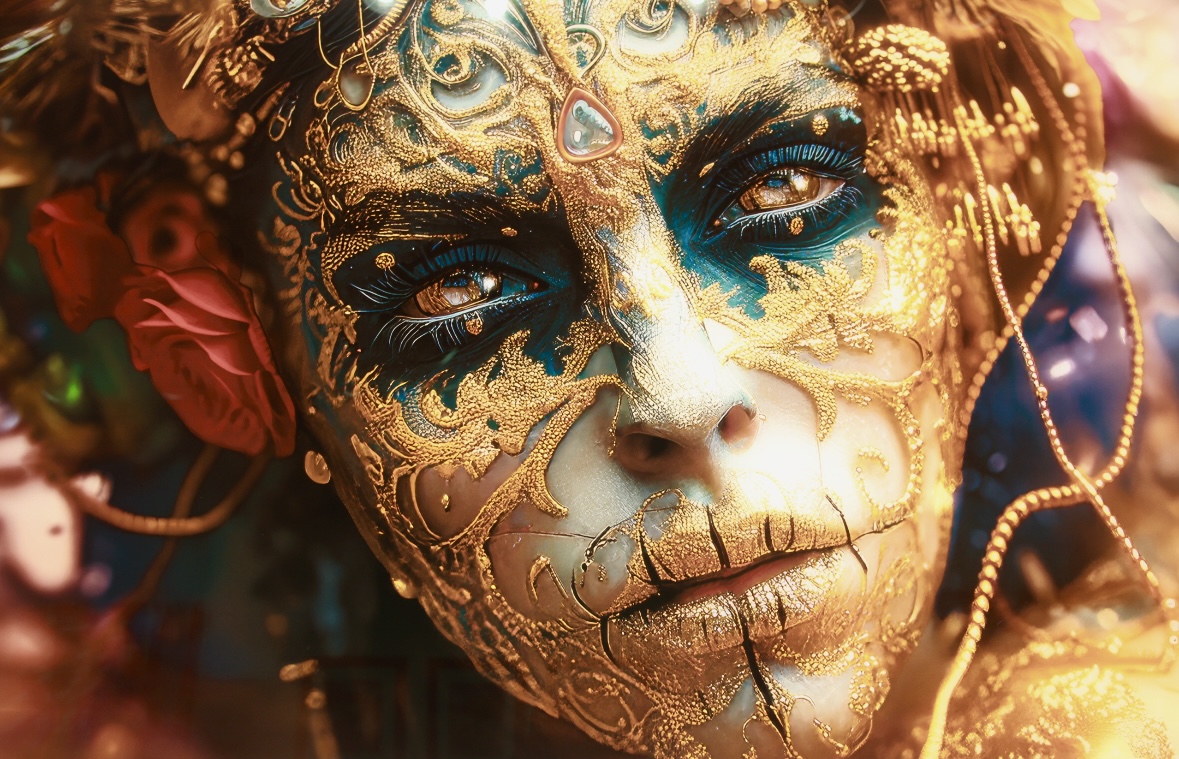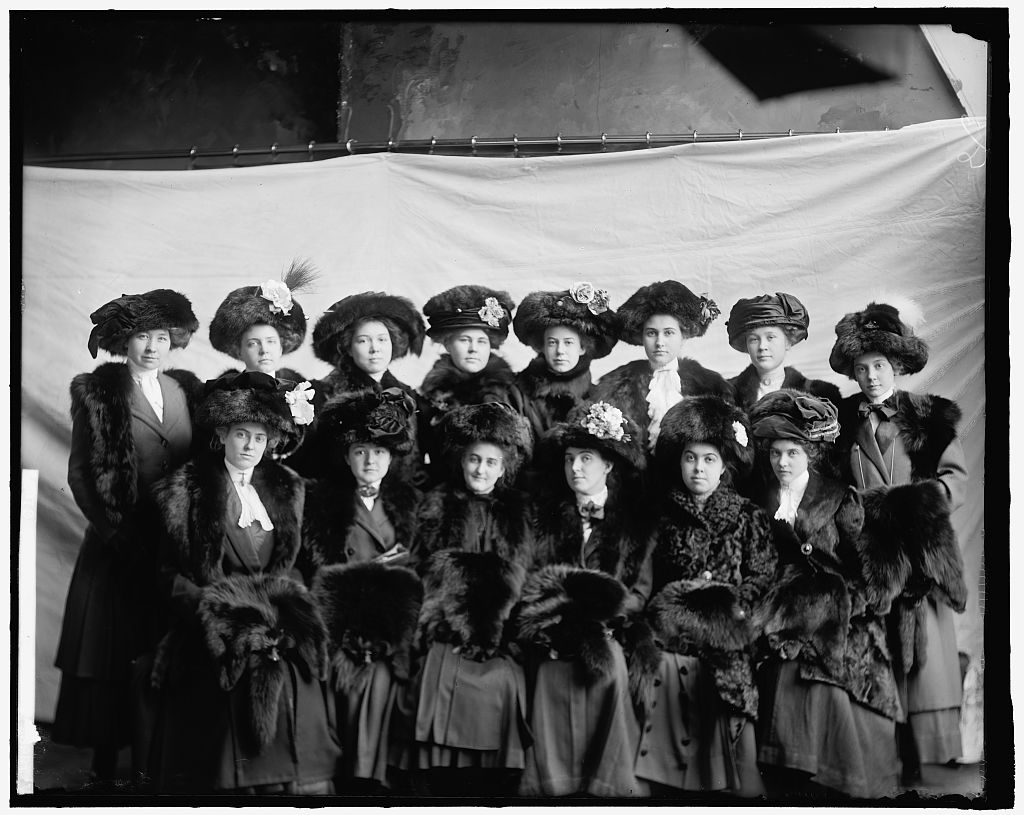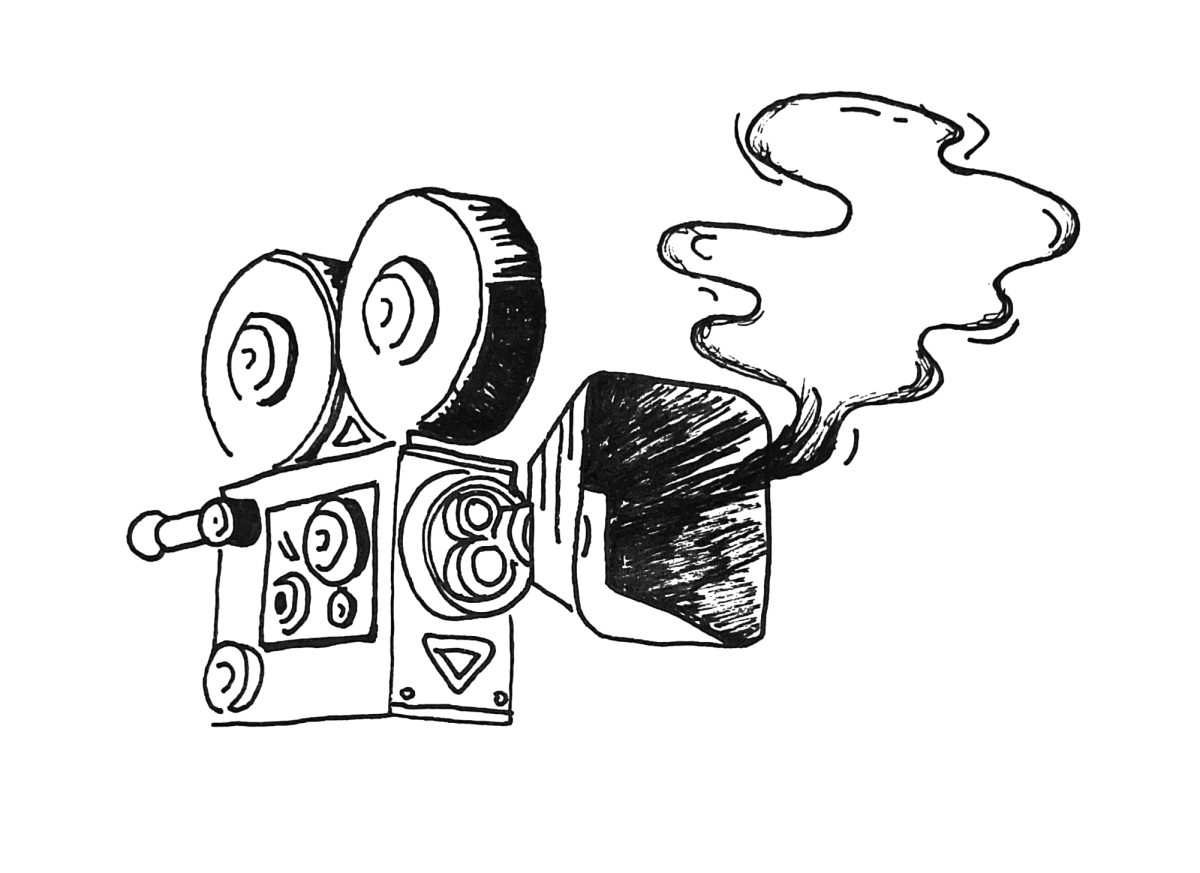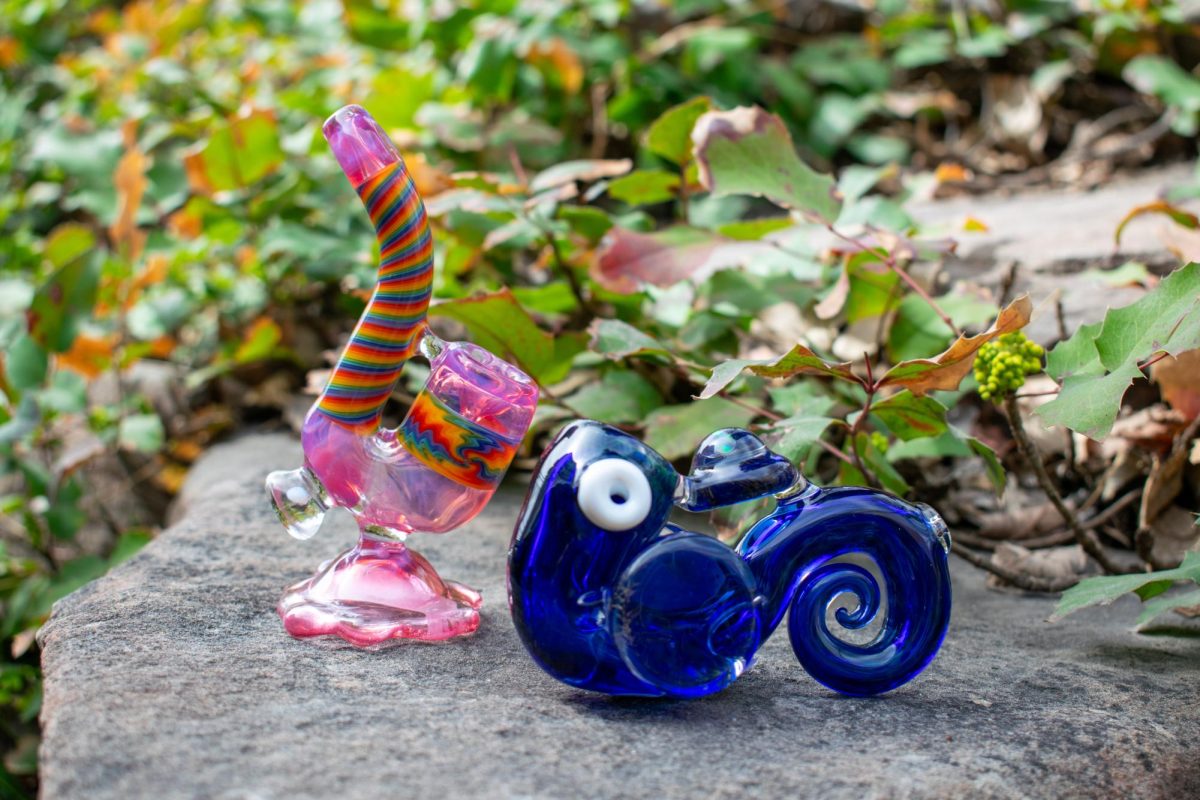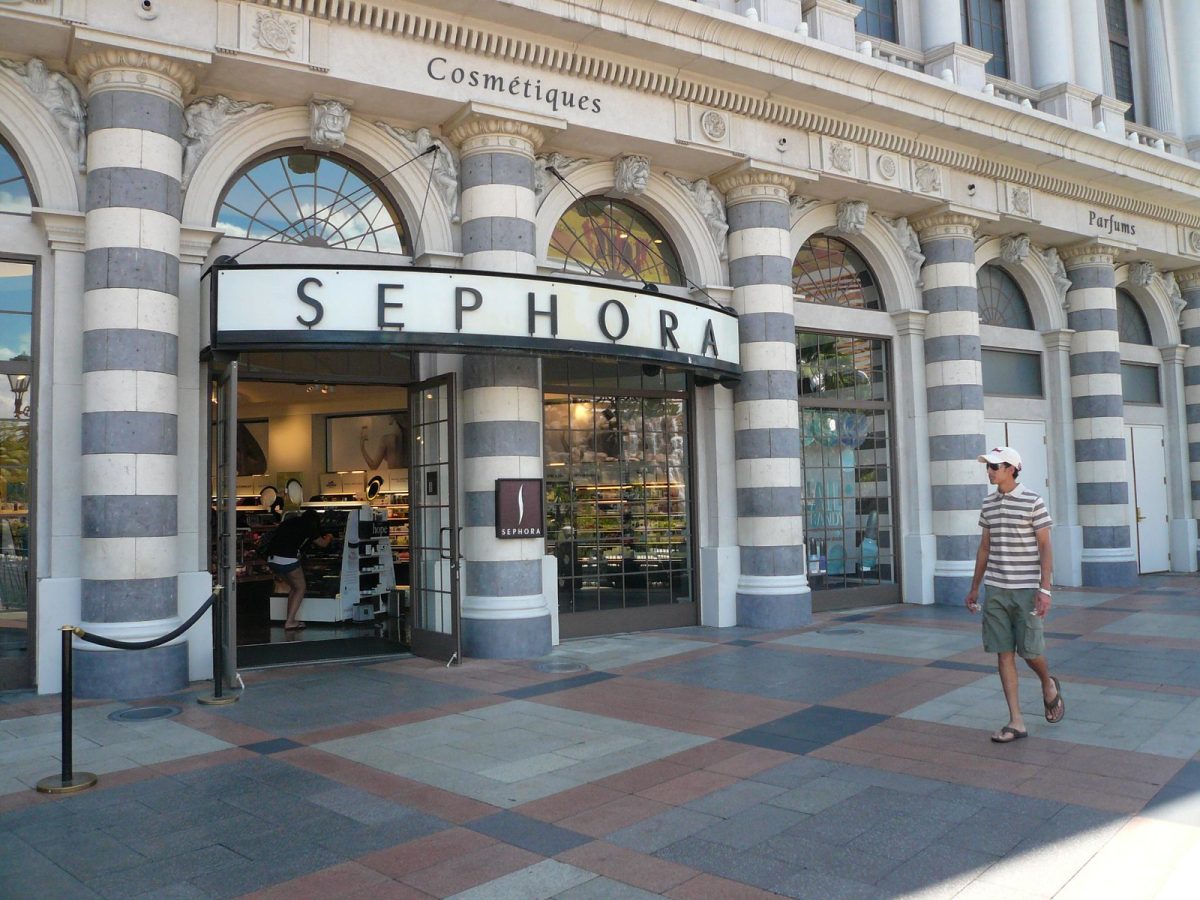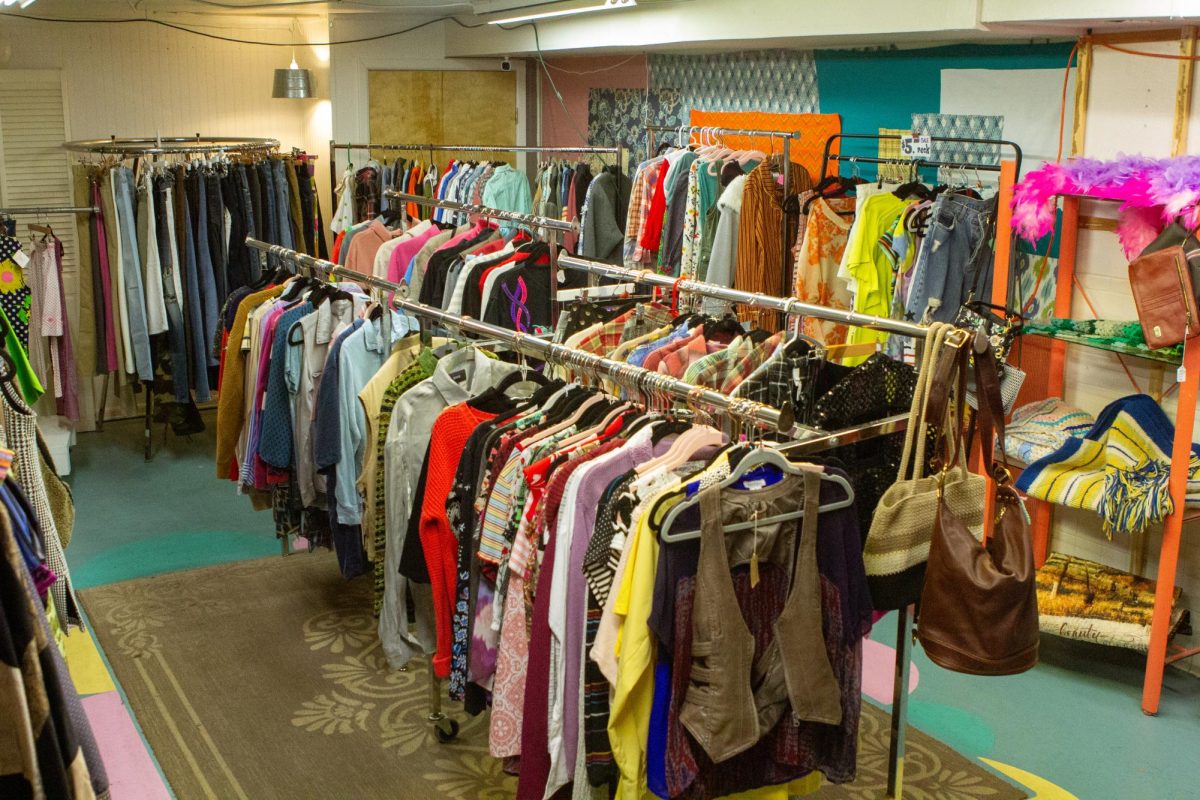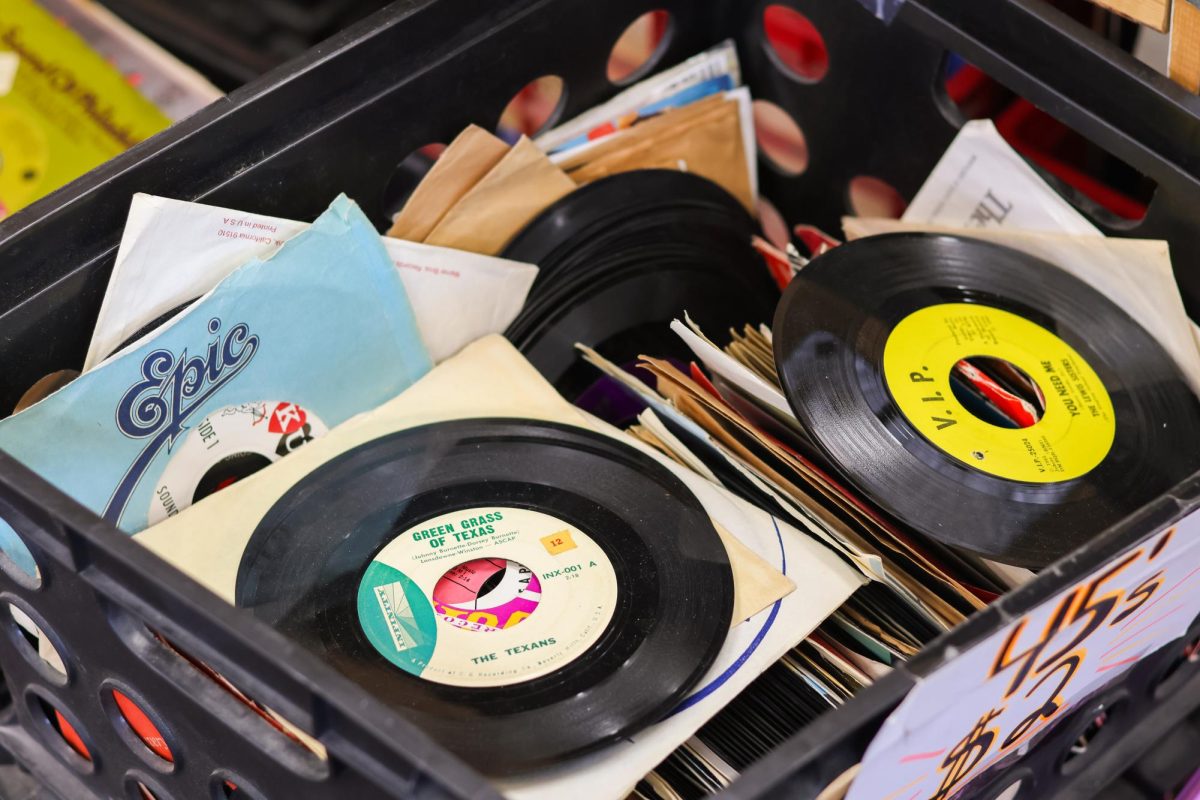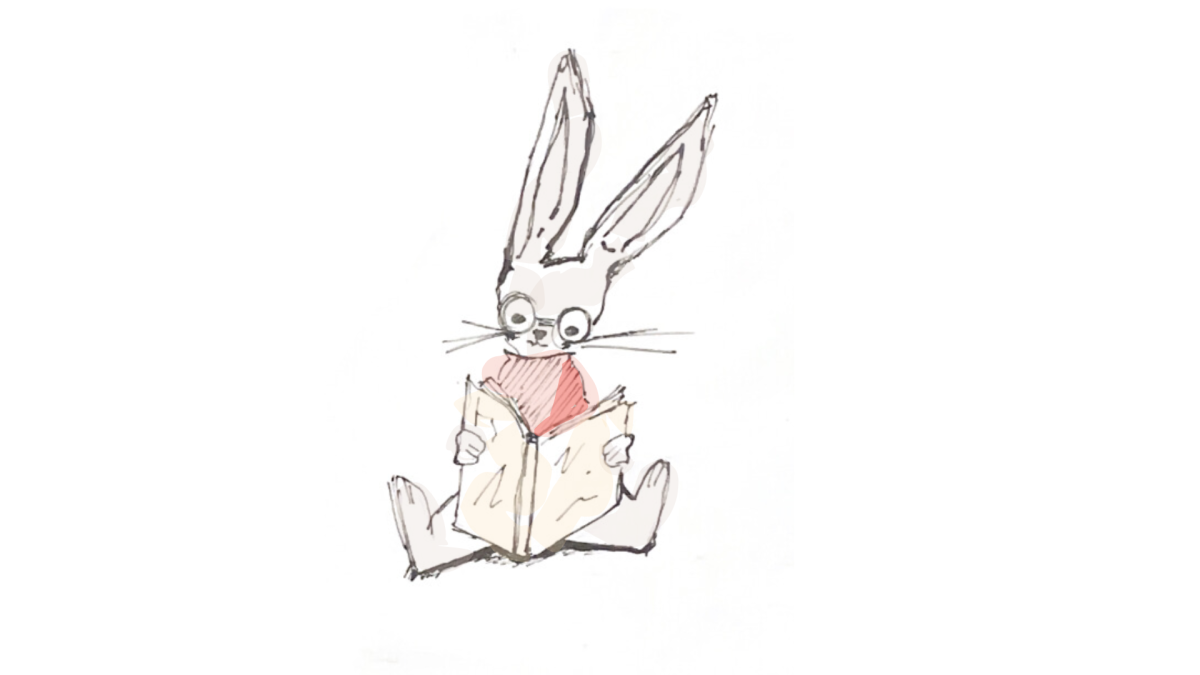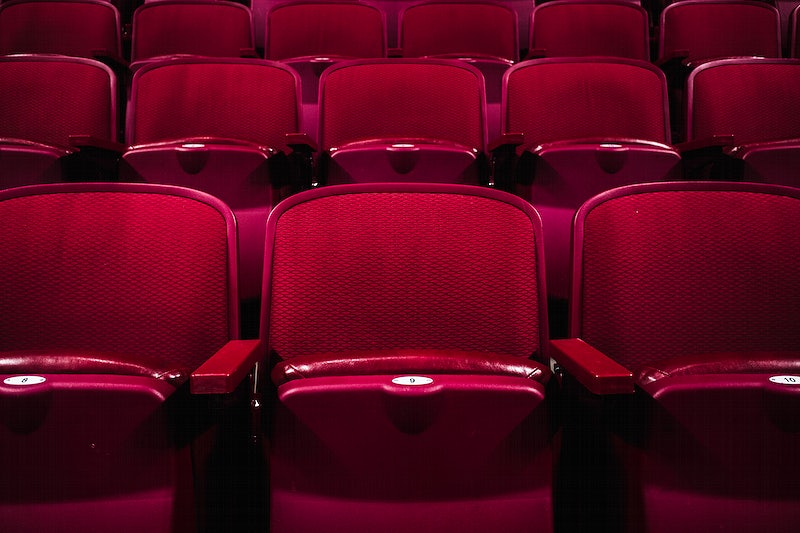Ad
Asian American Heritage and Representation Through Film
April 27, 2022
Picture this: a new movie just released, and you decide to check it out at the local theater with some friends. You buy tickets, arrive at the theater and find your seats. Then the movie starts and, slowly, the main character grows on you. You later realize why you like this character so much – they’re just like you!
Movies are an enormous part of our culture today. They depict stories, become time capsules, and demonstrate how cultures have progressed. Movies allow creators to share experiences that viewers may not otherwise understand.
To celebrate Asian Pacific Islander Desi American Heritage Month, let’s determine what “good” representation looks like and look into films featuring Asian leads.
Kurtis North, a senior instructor of communication studies at Colorado State University, explains that there should be a variety of different roles and film genres representing Asian Americans. He says that “good” representation means that people of different ethnicities receive major, minor, flat, or nuanced roles. He points out that good representation doesn’t always mean staying within the confines of culture.
“I think we can have traditional ways of doing things, and we can have progressive ways,” North says. “We can have movies that are cast a certain way, and we can have other movies that are cast differently.”
He also says that authenticity is an essential aspect of good representation of Asian heritage and culture.
“I think we all want to see ourselves on screen,” North says. “I want to see shared experiences…and then I also want to get away from my own life and live other people’s experiences.”
“Parasite” centers around the Kims, a poor Korean family living in a small town in South Korea. During the movie, the Kims meet a wealthy family, the Parks, and scam their way into working high-income jobs for the family while taking advantage of the family’s trust. According to Bong Joon-ho, a South Korean director and screenwriter, the film showcases Korean leads while tying in deeper themes about hope, corruption, class, and capitalism. “Parasite” also features exclusively Korean actors, directors, and writers. “Parasite” has received a total of 197 film-related accolades among 330 nominations, making it a powerful showcase of Asian representation.
“[Parasite] helps beat the notion that foreign films can’t have success in the United States,” Carl Izumi Murray Olsen, Assistant Director of the Asian Pacific American Cultural Center at CSU. “The knock-on has always been ‘English-speaking Americans can’t get into subtitle films,’ and it was cool to see an example that ran counter to that narrative.”
Another famous film celebrating Asian culture is “Mulan.” The film follows a young Chinese woman, Mulan, as she disguises herself as a man to enlist in the Chinese army. Although “Mulan” was a breakthrough film as the first Walt Disney Company animated film to feature an Asian heroine, “Mulan” is often considered an Americanized version of the Chinese folktale, “Ballad of Mulan.” Tony Bancroft, a white man, directed the animated movie. While this does not discredit the movie’s depiction of Asian culture, it’s important when considering if the film authentically represents Chinese culture. However, Mulan remains a beloved movie and her character continues to inspire young girls.
Reham Abdunabi, a first-year at CSU, is originally from Libya, Africa. She grew up surrounded by Middle Eastern culture. As a North African and southwest Asian community member, Abdunabi says she considers herself an ally to the Asian community because she believes minorities face similar struggles. She says that Americanizing movies imply that other cultures must Americanize themselves to receive attention. However, she credits the Walt Disney Company for making a movie with an underrepresented lead.
“Disney movies get a lot of views, especially by younger people,” Abdunabi says. “There’s some aspects [of ‘Mulan’] that are probably true, and it makes the younger society more aware…they didn’t just make a movie about the typical culture here in America.”
Although it’s an older film, “Enter the Dragon,” starring famous Asian American actor Bruce Lee, is a classic representation of Asian culture. Lee also helped director Robert Clouse write the movie. In “Enter the Dragon,” Lee portrays a secret agent who must infiltrate an Opium Lord’s fortress using martial arts. Murray Olsen says that discussing Bruce Lee is crucial when considering Asian American representation.
“[Bruce Lee] was the first masculine, Kung Fu, Asian American representation that I think broke through for a lot of Asian men,” Murray Olsen says. “At the time, it was groundbreaking. … You never saw some sort of badass, kicking-like-30-bad-guys-at-the-same-time type of character.”
In this context, “Kung Fu” refers to Chinese martial arts, characterized by agility, duplicity, speed, and precision. Kung Fu movies were among the first, and most iconic, depictions of Asian American culture. While it is important to have films that showcase modern Asian experiences, it is equally essential to appreciate films that highlight Asian history, as Kung Fu has origins in 255 B.C.
“Crazy Rich Asians” is another well-known film featuring an entirely Asian cast and director. The film tells the story of Rachel Chu struggling to fit in with her boyfriend’s “old money” family. The romantic comedy was among the first Asian American films to break from stereotypes and feature pop culture elements.
The New York Film Academy points out that some Asian viewers are often repelled by Asian stereotypes in films, such as “the funny sidekick, the kung-fu master,” or “the chopstick-yielding exchange student.” With nuanced, developed characters, this film celebrates Asian leads outside of stereotypes and normalizes multi-faceted Asian roles.
“Now, we’ve got more than just a few Disney and Netflix movies [representing Asians],” North says. “There’s so much of it we don’t think it’s that notable anymore, [and] we don’t have to spotlight it. [It’s not] an Asian comedy; it’s just the best comedy of the year.”
However, not everyone agrees with North. Murray Olsen says he doesn’t believe Asian representation has improved much because of the industry’s degradation of Asian women.
“There are so many examples of movies where Asian women are relegated to sexual objects, … [or] die a tragic death, or the only value they have is their sexuality and what they can give men,” Murray Olsen says.
Ultimately, Abdunabi says we can always make improvements with Asian representation in film.
“There’s never a stopping point where everything is perfect,” she says. “I like how it’s grown to show language more, and how it’s been appealing more to the audience, even [when] they’re not of that community. I think that’s a very big growth and it shows the audiences a lot about other cultures. It’s not just a movie you watch; it’s something you learn [from].”








